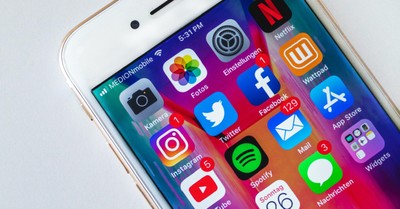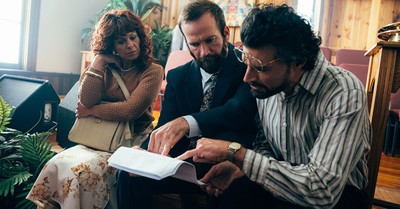Kids and Media Use
-
Jim Liebelt Jim Liebelt's Blog
- Updated Jan 21, 2010
Significant findings:
• Over the past five years, there has been a huge increase in media use among young people.
- Today's teens spend 7 hours, 38 minutes per day consuming media (an
increase of 1 hour, 17 minutes per day from 2004. This amounts to a
full-time job! (Even more when you take into account that the reported
time consuming media per day is based upon 7 days a week - not the
standard 5 day work week.)
- When multitasking is accounted
for (consuming multiple sources of media at one time), today's youth
consume 10 hours, 45 minutes of media content per day! (An increase of
about 2 hours, 15 minutes per day from 2004.)
• An explosion in mobile and online media has fueled the increase in media use among young people.
- The story of media in young people's lives today is primarily a story
of technology facilitating increased consumption. The mobile and online
media revolutions have arrived in the lives—and the pockets—of American
youth.
- Mobile media:
• Cellphone ownership among kids increased from about 39% in 2004 to about 66% in 2009.
• iPod/MP3 device ownership among kids increased from 18% in 2004 to 76% in 2009.
- Television on new media platforms:
• Kids have turned increasingly to watching television programming on mobile devices and online via computer.
- Online media:
• As new online media forms have increased (think YouTube, Facebook) kids use of these sources has increased.
• Youth who spend more time with media report lower grades and lower levels of personal contentment.
- Nearly half (47%) of all heavy media users say they usually get fair
or poor grades (mostly C's or lower), compared to 23% of light media
users. Heavy media users are also more likely to say they get into
trouble a lot, are often sad or unhappy, and are often bored.
• Children whose parents make an effort to limit media use—through the media environment they create in the home and the rules they set—spend less time with media than their peers.
• Two
groups of young people stand out for their high levels of media
consumption: those in the tween and early teen years (11- to
14-year-olds), and Blacks and Hispanics.
- The jump in
media use that occurs when young people hit the 11- to 14-year-old age
group is tremendous—an increase of more than three hours a day in time
spent with media (total media use), and an increase of four hours a day
in total media exposure.
- Differences in media use in relation
to race and ethnicity are even more pronounced, with Hispanic and Black
youths averaging about 13 hours of media exposure daily (13:00 for
Hispanics and 12:59 for Blacks), compared to just over 81⁄2 hours
(8:36) among Whites.
Source: Kaiser Family Foundation
http://www.kff.org/entmedia/upload/8010.pdf


















